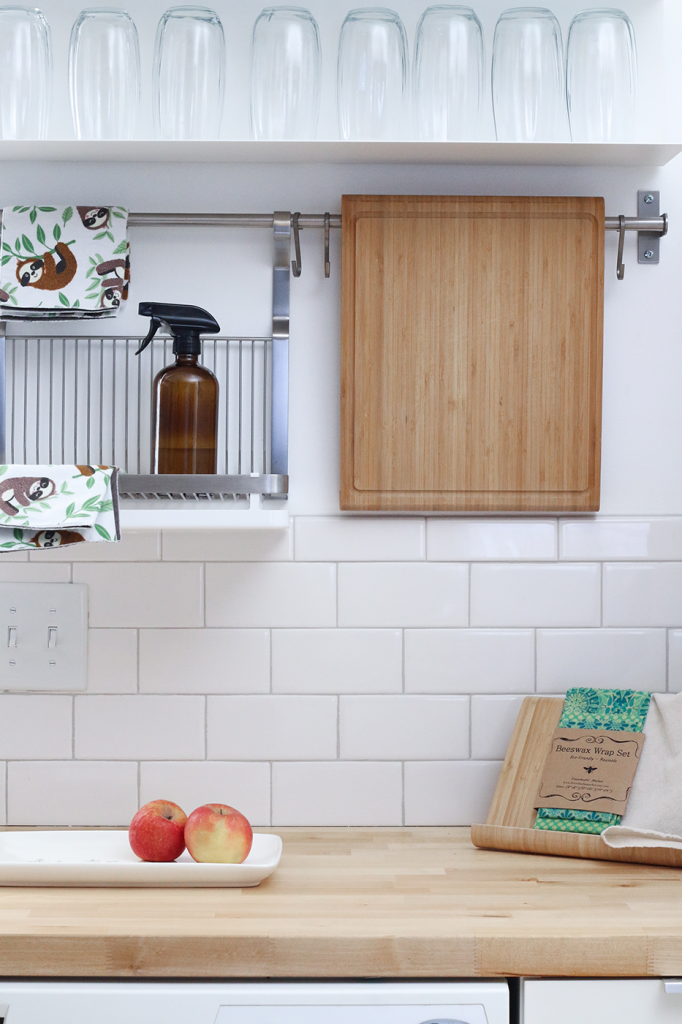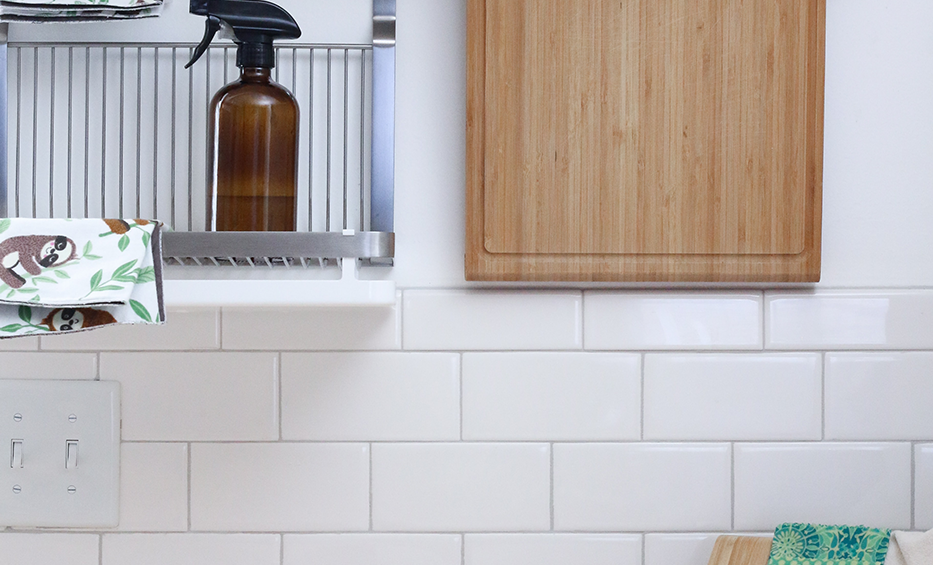We spend most of our lives at home – it’s where we go to unwind, rest, and spend time with loved ones. Whilst bunkering down and cosying up inside can at times be very appealing, it is important to ensure that your home environment is a healthy environment.
Air-tight homes, combined with building materials, personal care and cleaning products can mean that even inside our homes we are constantly ingesting, inhaling and absorbing a large number of toxins. Whilst our liver helps to remove toxins from our body, a few small changes to create a healthy home can decrease what we expose ourselves to in the first place.
Indoor plants
Indoor plants have experienced a rise in popularity. And rightfully so. Indoor plants help absorb carbon monoxide (C02) and refresh the air. Plants can also reduce stress, boost creativity and improve mood – as well make your zoom-meeting background look on-point!
Our staff members Naomi and Shaz are big indoor plant lovers and recommend a Mother-in-law’s tongue (sansevieria) or a rubber plant (ficus elastic) for easy growing.
Essential oil diffusers
Oil diffusers release molecules that can purify the air – particularly when used with lemon, eucalyptus or tea tree essential oils, or a specifically made blend. When diffused, some essential oils are anti-microbial and many help boost the immune system (try lemon or grapefruit).
Diffusing an oil such as peppermint, rosemary, lemon or eucalyptus may also reduce respiratory inflammation and congestion. An oil diffuser can also help relieve stress and anxiety and improve relaxation and sleep (we love “Sweet Dreams” from Springfields or for little ones, the new Lulluby blend from Eco Modern Essentials).

Cleaning Products
It’s hard to believe, but the chemical pollution inside our home exceeds the types and amounts of outside of our homes. Chemicals are found in cleaning products, personal care products, building materials, cookware, clothing, heating and cooking appliances, household furnishings. These common household products omit VOCs (volatile organic compounds) and/or gases.
Whilst it’s not realistic to avoid these things altogether, we can lessen our exposure by choosing ready-made cleaners that don’t contain things such as chlorine bleach, phthalates (usually found within “fragrance”), triclosan (often labelled as “anti-bacterial”) and ammonium compounds – just to name a few.
You can make your own cleaning goods from natural ingredients such as vinegar, bicarb soda, lemon and essential oils. Or buy any of our range from Abode, Euclove and Counter Culture – where the ingredients don’t read like a chemistry experiment!
Salt lamps
The soothing orange-pink glow of a salt lamp isn’t just for mood lighting, Himilayan salt lamps have been found to filter dust, mildew, mould and pet dander away from indoor air.
The negative ions released by salt lamps may also protect against airborne germs and filter any foreign particles from making it to the lungs. Therefore potentially lessening the severity of coughs, sneezes, sore throats and other symptoms of the common cold. Many asthma sufferers also find that salt lamps can alleviate respiratory discomfort. They can also improve mood, sleep quality and promote relaxation.
Personal care products
It is estimated that the average woman is exposed to 168 chemicals every day and absorbs around 14kg of ingredients into her bloodstream from face and body products over a 60 year period.
Exposure to chemicals from personal care products can be through inhalation (think of the steam combined with your shampoo or body wash or when you spray your favourite perfume or anti-perspirant or hairspray), absorption from skin creams and make up, and ingestion from oral health products and cosmetics like lip stick, nail polish and hand creams.
Whilst we all love to look, smell and feel good, the first step to reducing your exposure to chemical through your personal care products is to first look at products that you are using daily (like deodorant, toothpaste, soap and shampoo) and seek out alternatives that are less toxic.
By law, manufacturers of personal care products must list the ingredients on the packaging so you can look for some of the worst offenders: sodium laureth sulfate, triclosan, petroleum, parabens, parfum or fragrance, DEAs and PEG compounds.
There is a huge list of ingredients that probably should be avoided (we recommend having a look at ‘The Chemical Maze’ by Bill Stratham for more advice) but the easiest rule of thumb is if you can’t pronounce it, you probably shouldn’t be using it.
The staff at Go Vita are big fans of No Pong deodorant or for make-up we reach for Inika or Eye of Horus, and to smell nice – we love Lavanila!
If you’re looking for environmentally friendly products to create a healthier home, then be sure to pop in and visit us at Go Vita Ballarat or shop our home range online.
If you enjoyed this blog, follow us on Facebook and Instagram for more tips and tricks to help you achieve better health.






